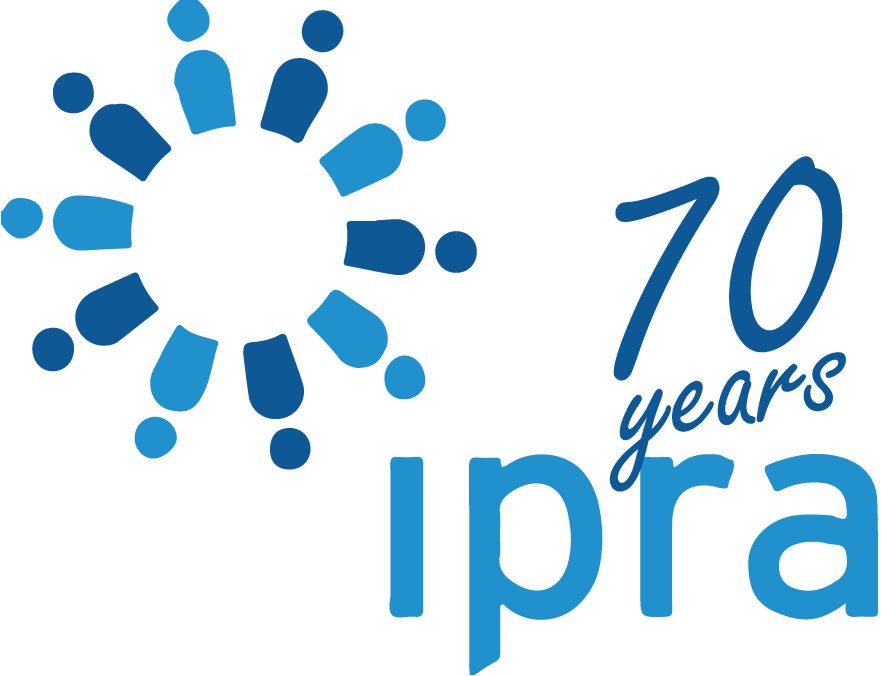ITL #649 Industry, HE and next gen communicators: deeper, more deliberate collaboration
2 months ago
Many graduates are underprepared for the demands of public relations roles. Educators and industry professionals must collaborate to embed new capabilities within the profession. By Anne Gregory.
It’s a truism to say we live in a rapidly evolving world characterised by digital transformation, globalisation, and profound social change. The public relations profession is front and centre of this and the need for well-educated and prepared public relations professionals has never been more critical.
As businesses, governments and nonprofits face increasing risks, scrutiny and demand for transparency, the role of PR professionals has expanded. And as predictions are that up to 90% of content will be created by AI, public relations professionals face a significant change in their roles.
Today’s professionals are expected to be data-savvy, culturally competent, ethically grounded, and technologically agile. More will be expected of the next generation. To meet the challenge academia and practice must collaborate more deeply and deliberately. This partnership is essential not only for aligning academic programmes with real-world demands, but also for ensuring new capabilities are embedded within the profession.
Evolving industry demands
The public relations and strategic communication field was never only about crafting content or managing media relations. The rise of digital media, influencers, AI-driven communication tools, and global interconnectedness and risk has redefined the competencies required to succeed. Worryingly, a recent study made it very clear that the complexity of the role is in danger of outstripping the supply of competent partitioners.
Unfortunately, many academic programmes have struggled to keep up with the pace of change and bureaucratic University processes mean that curricula often lag behind industry developments. This leaves graduates underprepared for the demands of modern public relations roles. There is a legitimate argument that such is the pace of change that whatever students are taught, it will be out of date by the time they enter the workforce. Without doubt, active collaboration between educators and industry professionals is needed to address this issue.
The role of higher education
Higher education plays a critical role in developing the foundations for public relations professionals. Often the theory remains current, although the context of the practical application changes constantly. Universities are responsible for teaching students not only technical skills but also critical thinking, media literacy, and ethical frameworks, essential for sound practice. Undoubtedly, courses should also reflect current trends and technologies, and faculty should engage with professionals to stay up to date.
What about the future shape of the profession?
As more tactical public relations and strategic communication tasks are automated, the profession is being forced to prioritise thinking about how roles will evolve. Strategically, at both the practice and organisational level, the need for robust governance approaches to risk and especially AI is increasingly apparent. There is a clear role for public relations and strategic communication professionals in the governance of the AI value chain from procurement, to use, to short and long-term impacts oversight. And likewise with issues and risk management.
The potential negative and positive effects of AI on relationships, stakeholders, organisational reputation and wider society will require constant monitoring and action. Keeping the organisation safe by ensuring senior managers are informed about the public mood on key issues, advising on ethical decision-making and ensuring stakeholder insights are factored into all decisions, will be an increasingly important role for public relations practitioners. Risk prediction and management is already a crucial area of work and will become more so. A much more enhanced Senior Adviser role for public relations is to be expected and welcomed.
At this senior level, organisational leaders value their public relations professionals for their ability to keep the organisation safe, their knowledge of stakeholders and their contemporary understanding of the communication and wider context, especially the zeitgeist: the prevailing public mood. Their ability to integrate these things and make nuanced judgements is not reducible to a series of tasks that can be done by AI, although of course AI can be used to supply the analysis and some choice options.
So, the question is, how do you teach these things? How do you instil ‘worldly wisdom’ into relatively young heads – although my experience tells me that some young heads are also very wise. I would suggest that this points to a curriculum that retains the theoretical parts: dialogue, relationship-building, aspects of sociology, psychology, philosophy, management and leadership are timeless and relevant. Clearly skill in using traditional and new communication platforms and tools will be essential along with newer skills such as analytics and AI.
However, a focus on those more difficult to teach aspects of public relations work such as a nuanced sense of empathy, judgement, appreciation of self and others, contextual appreciation, critical thinking and analysis, interpreting the unsaid and an ability to join up the dots, will be equally if not more important. Platforms will come and go but these ‘soft’ skills are something that will remain forever relevant and increasingly important.
Creating stronger industry-academic partnerships
So in practice, how can this be achieved? There needs to be a concerted effort by both the public relations profession and higher education to plot a way forward on this. This partnership can take many forms:
Advisory think tanks: different from the old advisory boards where industry professionals provided insights into current trends, hiring needs, and emerging challenges. These should be collaborative think-tanks where the nature of the future profession is not only discussed, but shaped.
Guest lectures and practitioner part-time contributions: moving away from the usual career stories and achievements towards real life issues that have no immediate or single answers. This will encourage students to confront complexity and develop a solution-oriented approach.
Internship and mentorships: robust internships and mentorships that allow students to gain practical experience, make mistakes in a safe environment and build professional networks. These are not to be used for students to do the ‘grunt work’ that no one else wants to do.
Joint research projects: collaborations between academics (with or without students) and practitioners on research projects can generate valuable insights for both the classroom and the workplace.
Capstone and client projects: industry professionals sponsoring real-world projects that allow students to apply what they’ve learned. These projects give students a taste of professional work and embed client skills such as relationship-management and project management and develop critical soft skills such as teamwork, leadership, and professionalism.
Scenario and business games: academics and practitioners working together to develop scenarios and business games for students which encourage their contextual and relationship awareness, force them to make choices and confront them with the realities of practice.
Emphasising lifelong learning
Education doesn’t start and end with undergraduate programmes. Increasingly HE is developing programmes for working professionals, such as the one I help run for the UK Government Communication Service with senior communicators in Government.
Higher education has a role to play in promoting a lifelong learning mindset. Those who are not open to learning, don’t grow or embrace change. Short courses, certificate programs, continuing education, all on or off-line can help current professionals stay up to date, build learning-networks and also provide flexible pathways for those who want to join the profession. The intersection of industry needs and academic resources offers a fertile ground for innovation in professional development.
Conclusion
Preparing the next generation of public relations and strategic communication professionals is a shared responsibility. It requires honest dialogue and mutual respect between academia and industry with neither side dominating the conversation. Instead, the partnership should be based on shared goals—producing graduates who are not only job-ready but also poised to shape the future of the profession.

The Author
Anne Gregory PhD
Anne Gregory PhD is Professor Emeritus of Corporate Communication at the University of Huddersfield. She teaches on Executive Education programmes for the UK Government, is an Adjunct Professor at RMIT Australia and LSPR Indonesia and Visiting Professor at the Universities of Navarra; Johannesburg and UTS, Australia.
mail the authorvisit the author's website
Forward, Post, Comment | #IpraITL
We are keen for our IPRA Thought Leadership essays to stimulate debate. With that objective in mind, we encourage readers to participate in and facilitate discussion. Please forward essay links to your industry contacts, post them to blogs, websites and social networking sites and above all give us your feedback via forums such as IPRA’s LinkedIn group. A new ITL essay is published on the IPRA website every week. Prospective ITL essay contributors should send a short synopsis to IPRA head of editorial content Rob Gray emailShare on Twitter Share on Facebook

